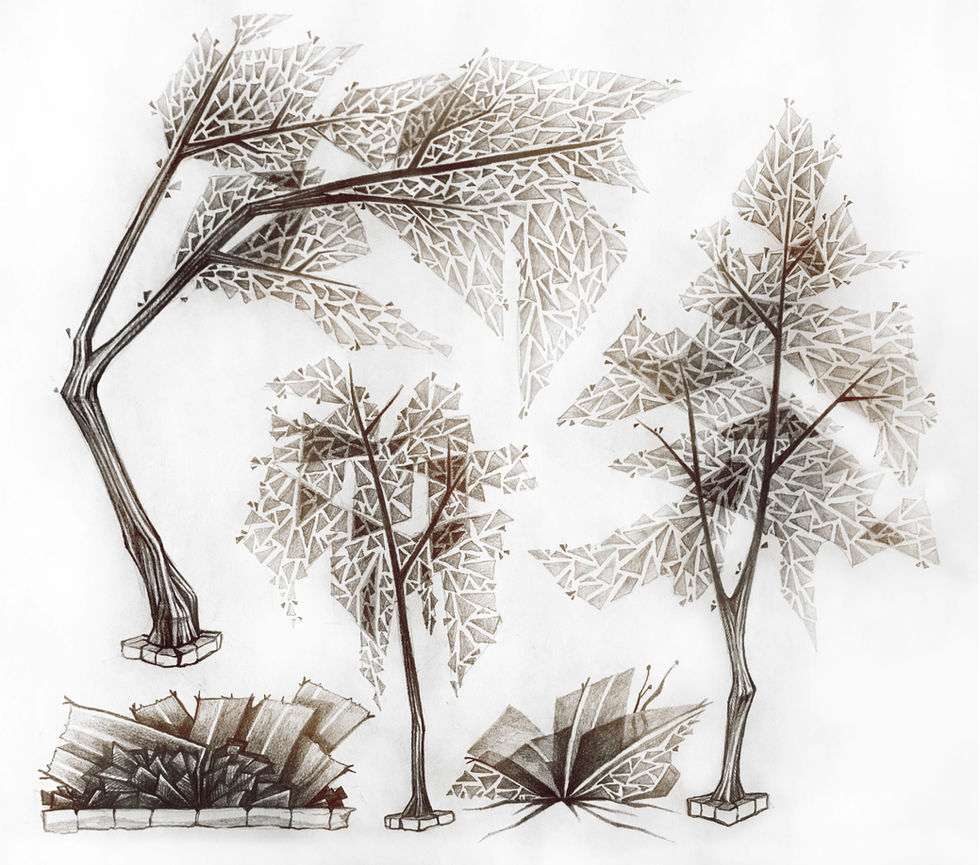
THE MUTILATION OF BELLMER
Screenplay Information
Logline: Hans Bellmer, a young engineering student swept away by the intoxicating nightlife of 1920's Weimar Berlin, mutilates the image of young girls with a disturbing new artwork: a dismembered Doll. As fascism rises, Hans masks himself behind the image of this Doll - performing heterosexual deviance in his many relationships onward.
Page Count: 144 Genres: Drama, Animation Proposed Format: 4x3, Black & White / Color
Expected Length: 2.5 hr Comp: Cabaret (1972) meets Love is the Devil: Study for a Portrait of Francis Bacon (1998)
A Note on the Subject:
Hans Bellmer is an artist most commonly known for his surreal (and very scary) photographs of Doll sculptures. Bellmer was a gorgeous draftsman operating in the grotesque alongside his contemporaries George Grosz, Otto Dix, and Andre Breton. His work is often interpreted as being an attack on the Fascist state during the rise of WWII (when his first series of Doll photos were published). However, more modern interpretations of his work look to his personal writings, experiences, as well as those of his partners like Unica Zurn - who was, herself, an artist interested in representing a "third-sex" - in crafting a new interpretation. Bellmer's work now becomes a mask of gendered performance. His infamous Dolls are a representation of his own homosexual or transexual repression, something which he continues to dismantle and disembowel under the guise of popular Freudian ideologies and widely accepted heterosexual deviancy. The mutilation of these underage bodies continues to provoke disgust and allure - and it's in this project these ideas are unmasked and laid bare.

(left) The Doll, an example of Bellmer's work.
(right) A photograph of Bellmer, Zurn, and The Doll.
This project is currently seeking representation. If you are interested in reading the screenplay, please contact me at CoreyHouseholder.work@gmail.com.
Supporting Work
So much research has gone into creating supplementary material for this project - from literary works and poetry published by Bellmer and his partner Unica Zurn, to inspirational material from De Sade, Freud, and 20's German-expressionist cinema, and even academic essays on the artists. The world of pre-war Weimar Berlin and Paris after WWII are all-consuming. The artwork made by the people represented in this project evoke every feeling associated with those periods.
To the best ability possible, the works here attempt to reflect this time in all its grimy eroticism, surrealism, and tragedy. There are original paintings, drawings - but also digital collage works. These pre-production pieces are meant to reflect not only the look of the film, but the mood and tone of the written screenplay.
























